The site of a downtown day care center could soon grow up
Source: BusinessDen Micro-apartments planned for small downtown parcel – BusinessDen
Urban Villages, along with Jeff Hermanson of Larimer Associates, has a contract to buy a small lot just across from the Webb Building for $2.5 million in a deal slated to close in December. They’re planning to build micro-apartments, a new restaurant space and small micro-restaurant stalls to try new concepts.
The project was referred to as a $60 million development at a Feb. 22 Denver City Council meeting, where the sale was approved by a 10-1 vote. The property is a single triangular parcel bounded by 14th Street, Colfax Avenue and Court Place. It covers 0.24 acres.
Hermanson said at a Feb. 16 council meeting that it’s a tight spot and will present several development challenges. Plans call for only a few car-share parking spots.
“Our project will embrace public transportation, car share, Uber and bikes,” Hermanson said during the Feb. 16 meeting. “In fact, we’re talking about calling it ‘Bike Hotel.’”
The purchase agreement requires the buyers to submit a conceptual plan for the development by the time the deal closes. Larimer Associates said in a statement that it plans to complete the development by summer 2018.
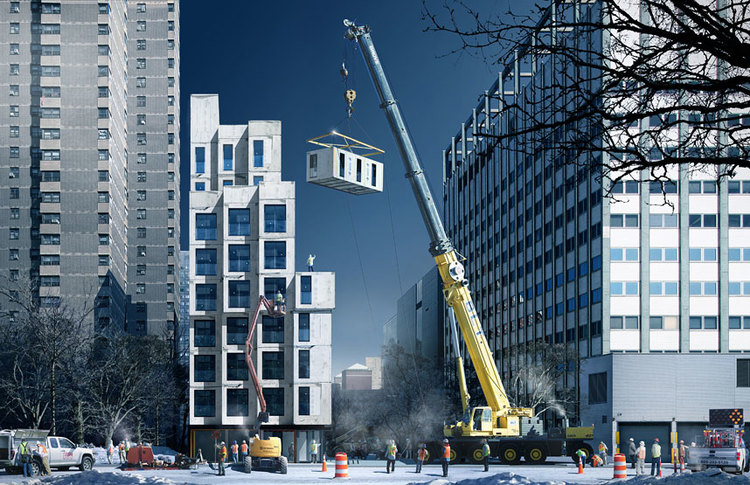 Right now there is an 8,400-square-foot building on the site. That building will come down to make way for the new development.
Right now there is an 8,400-square-foot building on the site. That building will come down to make way for the new development.
Denver Warm Welcome Court Childcare operates out of the building. It’s a day care service that watches over kids while their parents handle court business. That could mean as little as a one-hour drop-in visit for a parole meeting or all-day child care for a parent with jury duty.
An onsite manager said Warm Welcome sees between 2,300 and 3,000 kids in a year, but did not know where the center will be relocated.
Larimer Associates is best-known for owning and managing Larimer Square. The company also worked on Hangar 2 in Lowry and Union Station downtown. Urban Villages’ portfolio includes the Sugar Cube building downtown and the Vita Flats apartments in Speer.
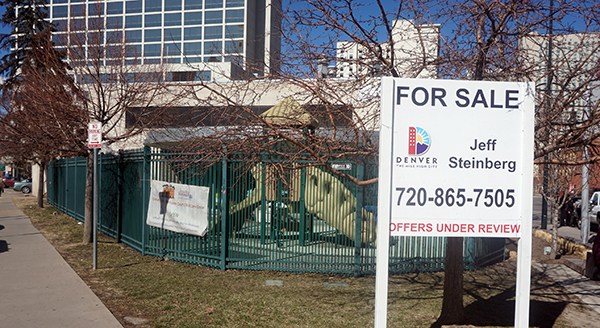
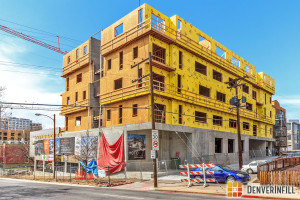
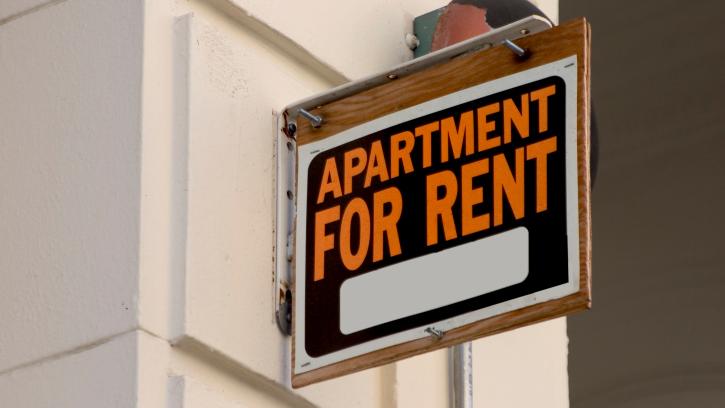


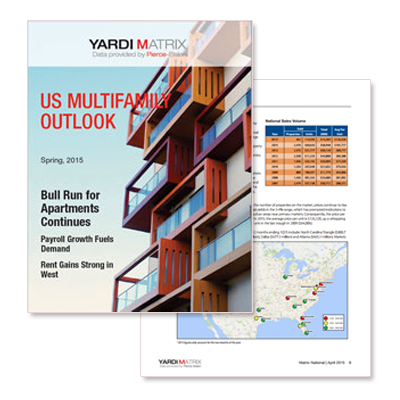

 Strong rent growth has come despite decade-high new supply levels. In fact, Class A product, which is vulnerable to competition from new supply, posted same-store rent growth of 9.3% in year-ending 1st quarter 2015. When looking at effective rental rates over the last five years, all property classes posted strong gains, but mid-rise assets led the pack. Average effective rental rates among surveyed mid-rise properties increased 55% since 2010.
Strong rent growth has come despite decade-high new supply levels. In fact, Class A product, which is vulnerable to competition from new supply, posted same-store rent growth of 9.3% in year-ending 1st quarter 2015. When looking at effective rental rates over the last five years, all property classes posted strong gains, but mid-rise assets led the pack. Average effective rental rates among surveyed mid-rise properties increased 55% since 2010. Over the past five years, rent change in the
Over the past five years, rent change in the 
 Metro Denver continues to rank among the
Metro Denver continues to rank among the 

 Denver has added a large proportion of high-paying jobs, leading to one of the nation’s largest leaps in household incomes. Over the last three years, the Denver area has ranked #3 in terms of median household income growth. One reason is that Denver not only headquarters nine Fortune 500 Companies, but has also become an entrepreneurial hub. According to the Downtown Denver Partnership, there are 370 tech startups in the central business district, accounting for roughly 3,000 jobs and 8% of downtown businesses. In fact, tech innovation was so concentrated here that the U.S. Patent and Trademark Office opened a permanent satellite location in Denver in June 2014, one of only four in the country. Additionally, crude market volatility has caused oil and gas companies to reel in expenses, but energy remains a prominent job segment. Denver is the most populous city within a 500 mile radius, and sits atop the deepest part of the Denver-Julesburg (D-J) basin, making the metro a powerful energy sector hub. The D-J basin is centered on the eastern slope of the Rockies, extending south of Denver and into parts of Wyoming, Nebraska and Kansas. Oil exploration companies looking to hire are more likely to draw from the vast employment pool in Denver than from a smaller city in the D-J basin. Altogether, the energy sector employs about 50,200 people, according to Metro Denver Economic Development Center, placing Denver at the #4 spot nationally for oil and gas employment. Denver is also a hotspot for other industry clusters, including aerospace, aviation, bioscience, broadcasting, financial services and information technology. Additionally, Denver’s central location makes it a business and tourism hub for commerce across the U.S. In 2014, the Denver International Airport supported 53.4 million passengers, the most traffic in the airport’s history. Such a high travel volume brought in about $26 billion in revenue to the Denver region and supports about 35,000 jobs.
Denver has added a large proportion of high-paying jobs, leading to one of the nation’s largest leaps in household incomes. Over the last three years, the Denver area has ranked #3 in terms of median household income growth. One reason is that Denver not only headquarters nine Fortune 500 Companies, but has also become an entrepreneurial hub. According to the Downtown Denver Partnership, there are 370 tech startups in the central business district, accounting for roughly 3,000 jobs and 8% of downtown businesses. In fact, tech innovation was so concentrated here that the U.S. Patent and Trademark Office opened a permanent satellite location in Denver in June 2014, one of only four in the country. Additionally, crude market volatility has caused oil and gas companies to reel in expenses, but energy remains a prominent job segment. Denver is the most populous city within a 500 mile radius, and sits atop the deepest part of the Denver-Julesburg (D-J) basin, making the metro a powerful energy sector hub. The D-J basin is centered on the eastern slope of the Rockies, extending south of Denver and into parts of Wyoming, Nebraska and Kansas. Oil exploration companies looking to hire are more likely to draw from the vast employment pool in Denver than from a smaller city in the D-J basin. Altogether, the energy sector employs about 50,200 people, according to Metro Denver Economic Development Center, placing Denver at the #4 spot nationally for oil and gas employment. Denver is also a hotspot for other industry clusters, including aerospace, aviation, bioscience, broadcasting, financial services and information technology. Additionally, Denver’s central location makes it a business and tourism hub for commerce across the U.S. In 2014, the Denver International Airport supported 53.4 million passengers, the most traffic in the airport’s history. Such a high travel volume brought in about $26 billion in revenue to the Denver region and supports about 35,000 jobs.



